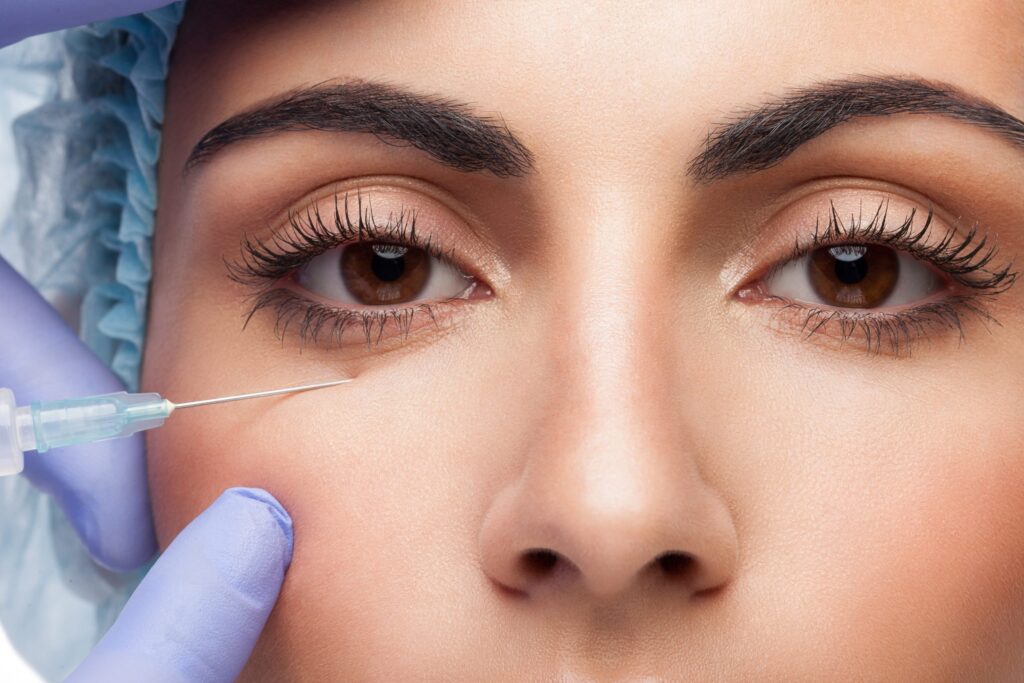Dark Circle Treatment
Introduction
The term “dark circle treatment” describes a range of cosmetic techniques intended to lessen or completely get rid of the look of dark circles under the eyes. Numerous variables, such as genetics, aging, fatigue, allergies, and other medical conditions, can contribute to dark circles under the eyes. The underlying reason and severity of the dark circles will determine the best course of action. To choose the best course of treatment, it is crucial to speak with a trained dermatologist or skincare expert.

Pathophysiology
Dark rings under the eyes have a complicated pathophysiology that can be brought on by a number of things. Treatments for dark circles focus on one or more of these fundamental issues. For instance, topical creams with active components like retinol or vitamin C can help to tighten and brighten the skin around the eyes, lessening the visibility of dark circles. Dermal fillers can increase volume beneath the eyes to hide hollows and dark rings. Laser treatment can target pigmentation and stimulate collagen production to enhance the general appearance of the skin around the eyes.
Side Effects
Some possible side effects of dark circle treatment include:
- Redness and irritation: Some treatments such as chemical peels or laser therapy may produce temporary redness, itching, or irritation of the skin.
- Temporary swelling or bruising: Dermal fillers or surgical procedures like blepharoplasty may result in temporary swelling or bruising of the under-eye region.
- Light sensitivity: Laser therapy or some chemical peels may make some patients more sensitive to light.
- Skin dryness or peeling: Topical creams or chemical peels may temporarily make the skin dry or peel.
- Skin infection or scarring: In extremely rare circumstances, certain treatments may cause skin infection or scarring.
How do Dermatologists do Dark Circle Treatment?
Depending on the underlying cause and the patient’s particular needs and preferences, dermatologists may use a variety of treatment modalities to address dark circles under the eyes. To find the best course of action for treating dark circles based on your unique needs and preferences, it is crucial to speak with a qualified dermatologist or skincare expert.








